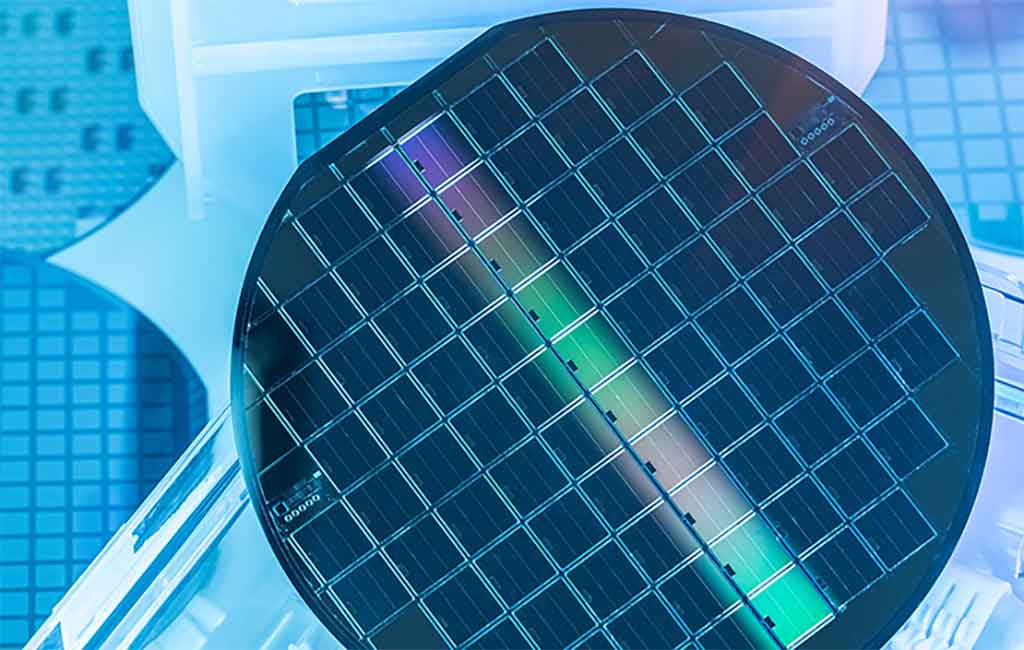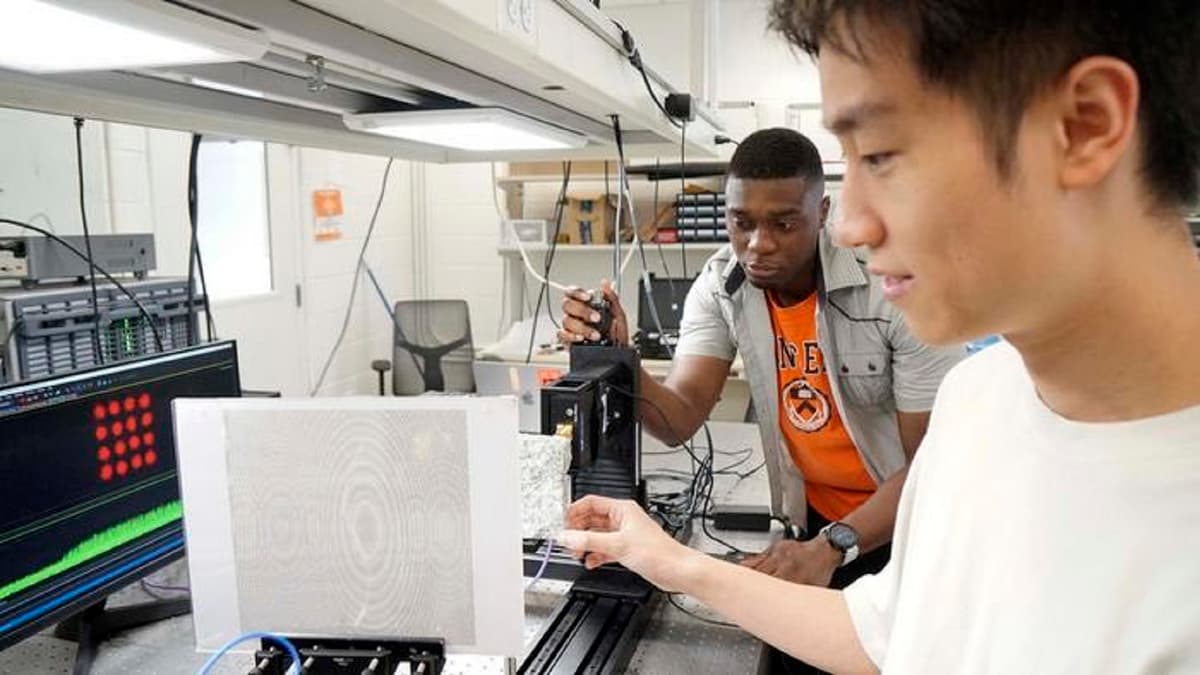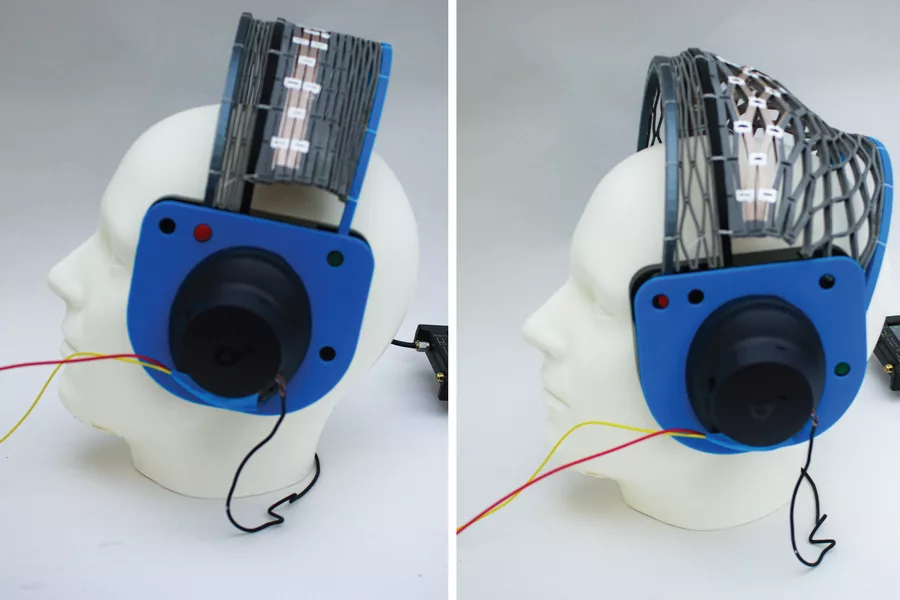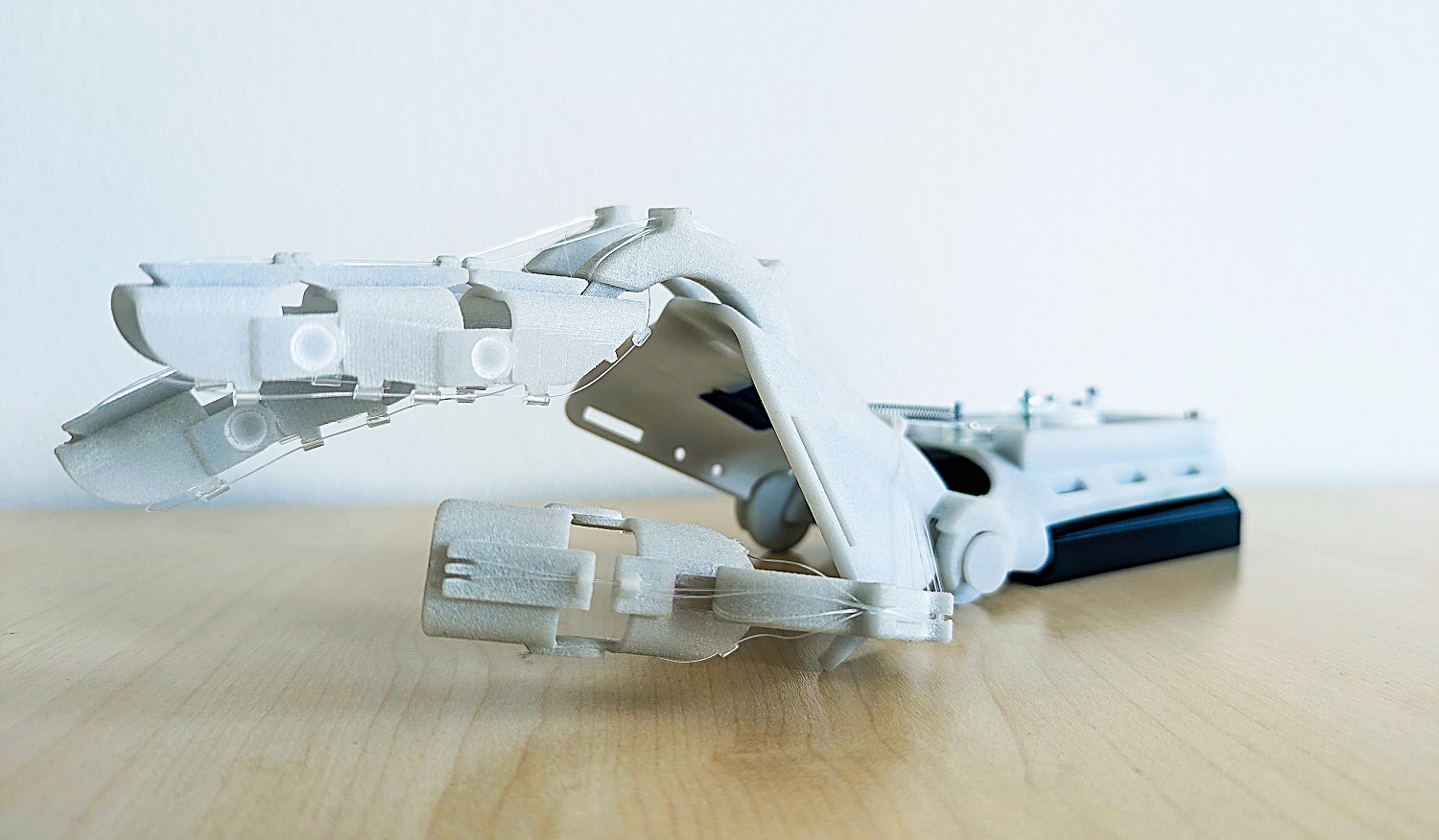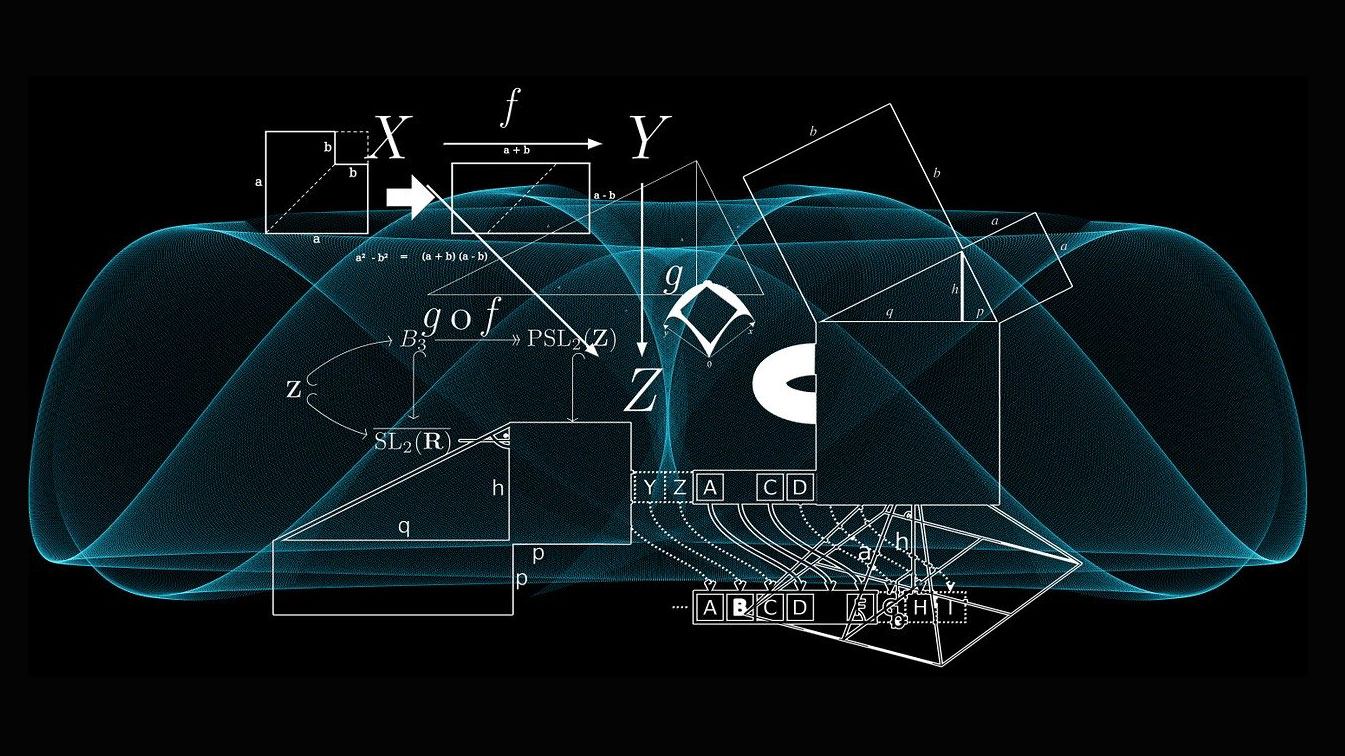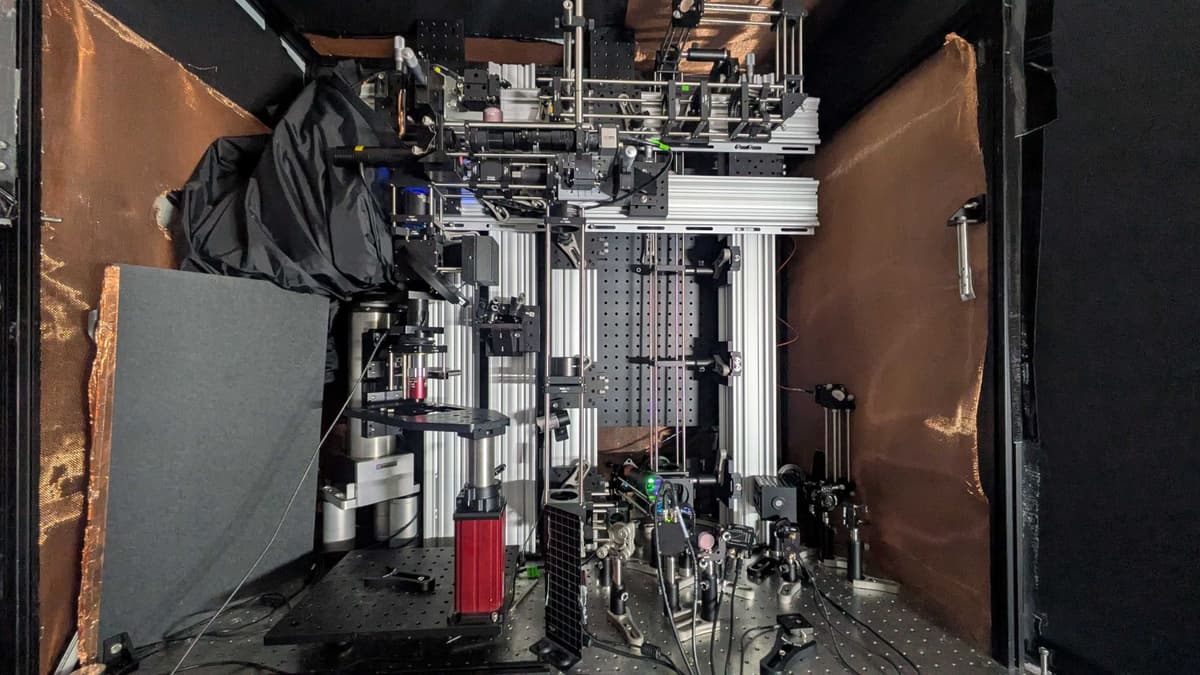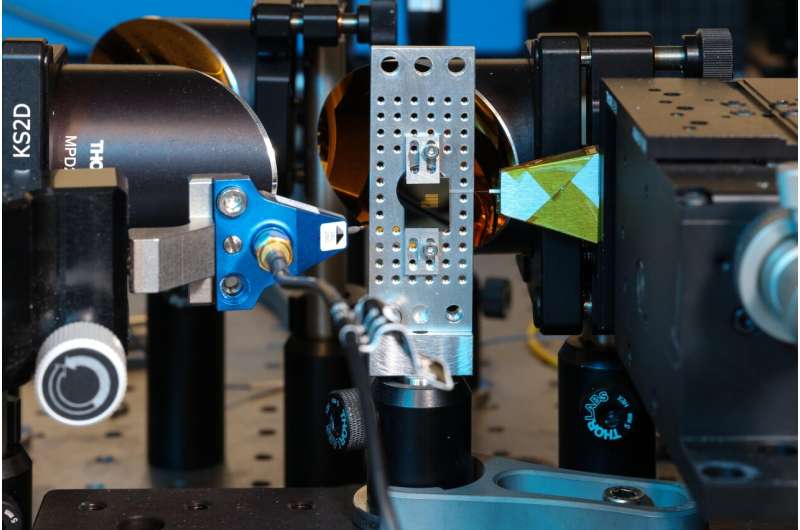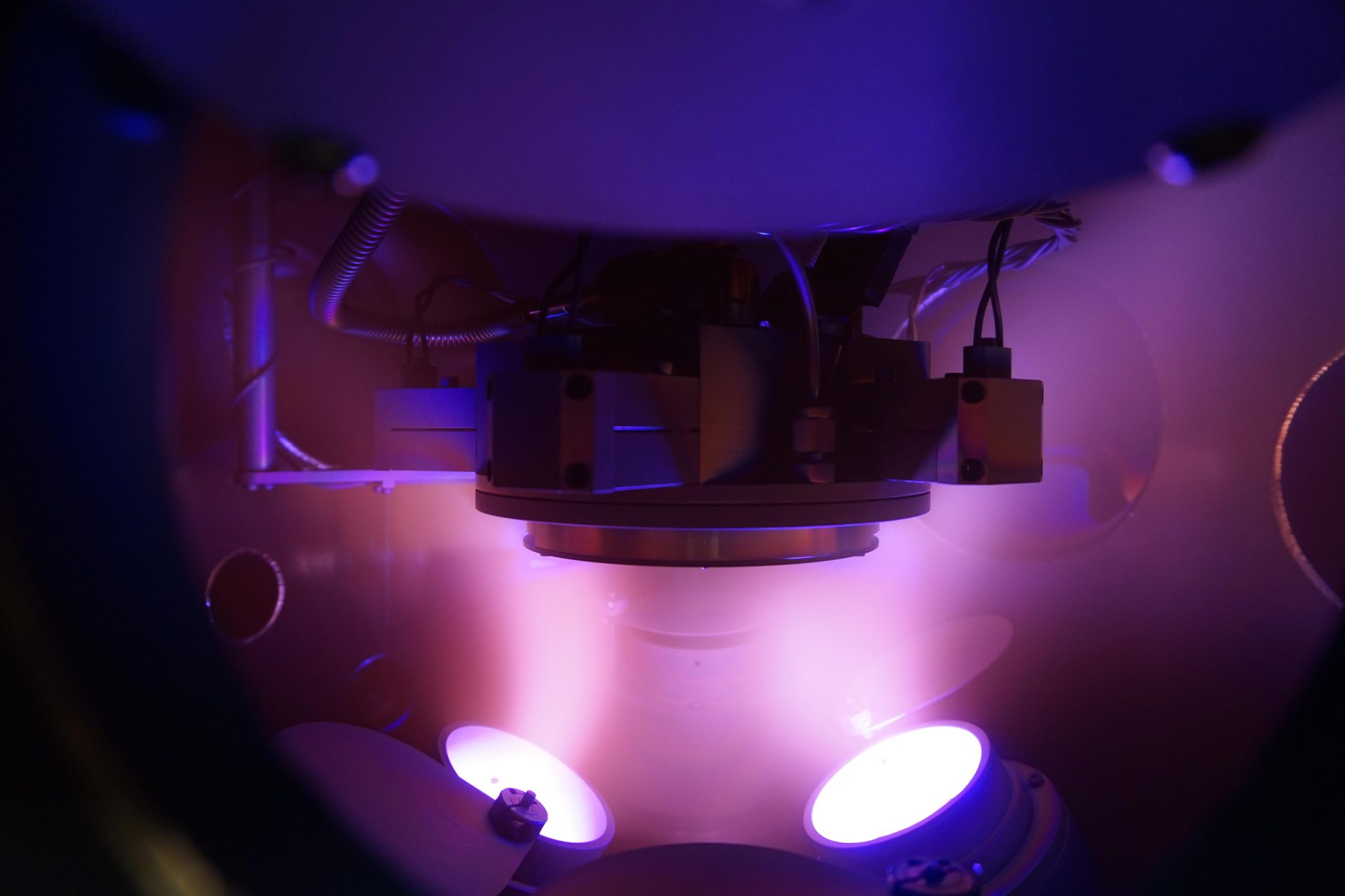Every so often, science uncovers a new class of materials that changes everything. In the early 20th century, semiconductors gave us the transistor and the digital age. In the 1980s, quasicrystals rewrote the rules of atomic order. Now, researchers at Rutgers University believe they have unlocked the next revolution in materials science: intercrystals. These exotic new structures don’t just bend the rules of physics; they exploit geometry itself to command the behavior of electrons. If semiconductors gave us the information age, intercrystals could give us the geometry age.
Intercrystals are created by stacking two ultra-thin sheets of graphene—each only one atom thick—on a substrate of hexagonal boron nitride, then twisting them at just the right angle. That tiny geometric contortion produces moiré patterns, rippling effects similar to what you see when two mesh screens overlap. At this microscopic scale, those ripples aren’t just visual artifacts; they reshape the quantum landscape through which electrons travel. A slight twist, a minor shift in alignment, and suddenly electrons behave in ways no conventional crystal could ever allow. The Rutgers team has shown that intercrystals possess electronic properties never before observed, a finding that doesn’t just open a door—it demolishes a wall.
Continue reading… “Intercrystals: The Geometry That Could Rewire the Future”
